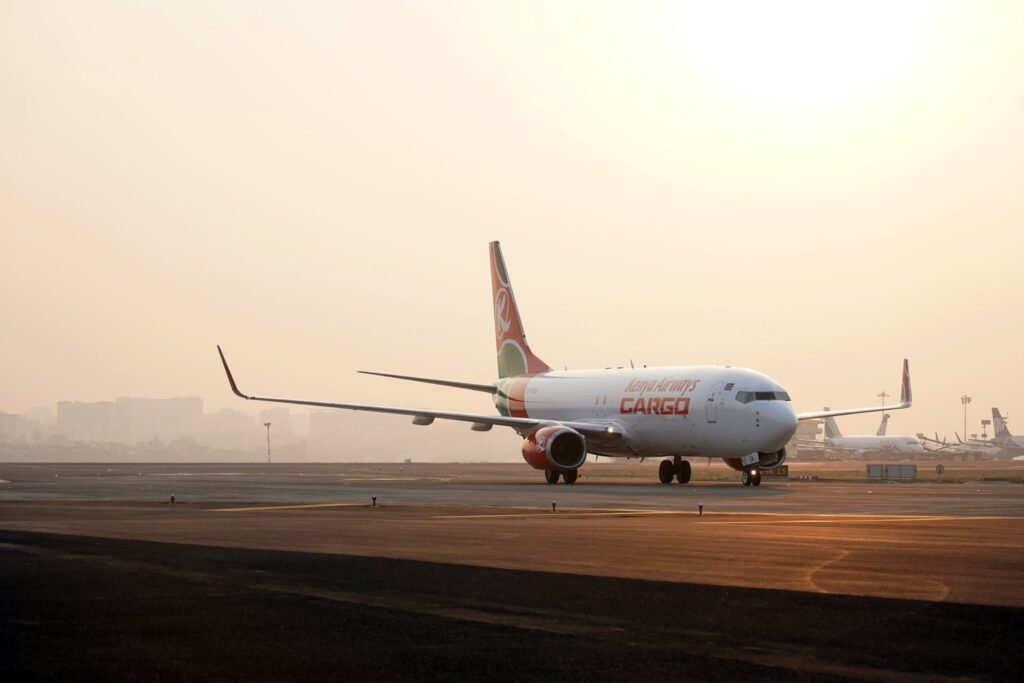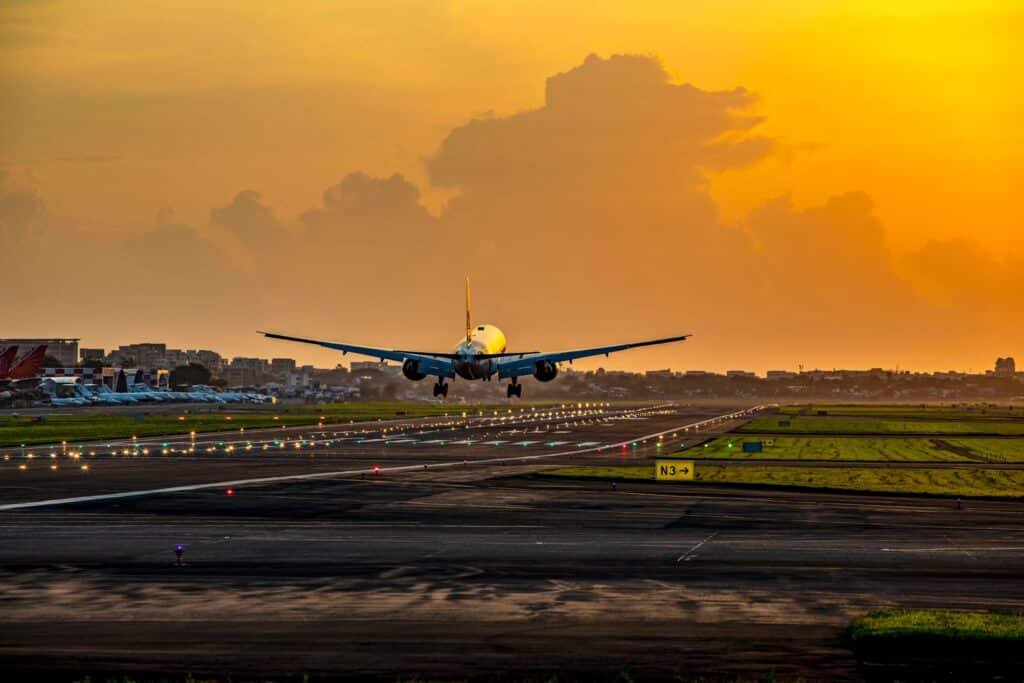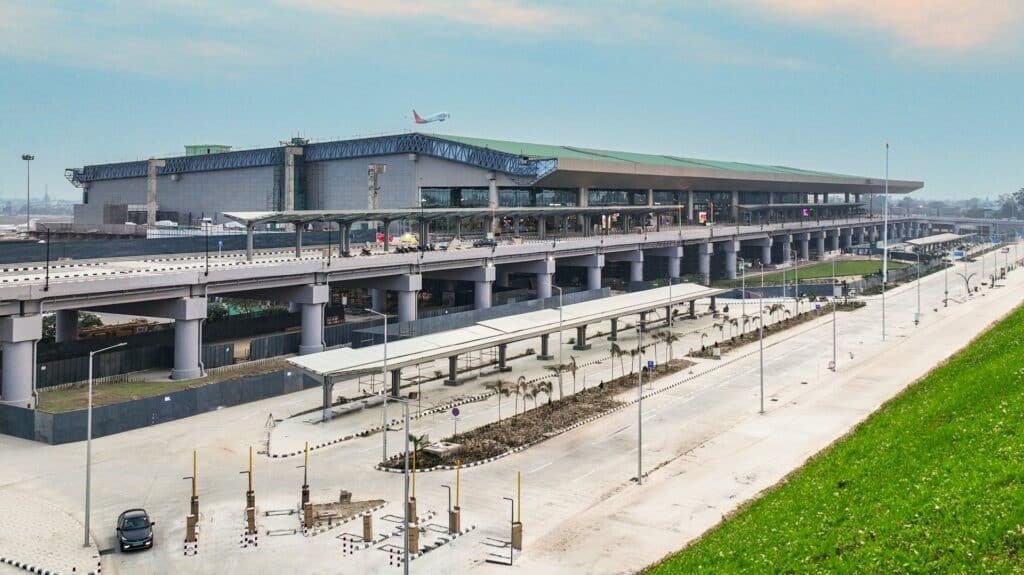- SUMMARY
- By March 2025, Navi Mumbai International Airport will be operational.
- Some general aviation and cargo services will be shifted from CSMIA to Navi Mumbai.
- There are plans to demolish the current Terminal 1 to revamp it.
Mumbai is the financial capital and second-largest city of India. The airport in Mumbai is congested. Its location limits the scope of expansion, resulting in a scarcity of slots. In 2023-end, the Ministry of Civil Aviation (MoCA) forced the airport operator to reduce the number of flights because of extended waiting times.
Now, with the upcoming Navi Mumbai International Airport, CSMIA will have a sigh of relief. It can finally relax its diaphragm.
GA & Freighters: Shift from CSMIA to Navi Mumbai
The upcoming airport in Navi Mumbai has received its location code from IATA: NMI. Within the next 12 months, this airport will be operational. CEO of Adani Airport Holding told the Times of India that Navi Mumbai Airport has the capacity to handle a lot more private and freighter aircraft.

As a result, many flights catering to general aviation, private flying, and cargo services will be shifted from CSMIA to Navi Mumbai Airport. General Aviation covers a broader category including private jets, business aviation, flight training, agro aviation, and charter flights.
In addition to flights, a lot of hangars will be shifted from the current airport to the new airport to ease the airside space. After this shift, CSMIA will have a space to breathe on both the terminal side as well as airside operations. This breathing space will be used for the renovation of Terminal 1. This old terminal will be demolished.
Demolition of Terminal 1
Once the capacity is eased, the demolition work of Terminal 1 will start. A new terminal building will be set up at the place of the current T1, which will be fully completed within three years of the initiation of construction.
Terminal 2 and revamped T1 will be connected through an underground tunnel, which is aimed to make the passenger transfer process to be seamless.

Arun Bansal added that Adani Group is planning to invest more than $15 billion in the airport sector in the next two and a half decades. The group forayed into the airport business in 2019, after which it acquired seven Indian airports and is operating them under the PPP model. Since its entry, it has invested more than Rs 18,000 crore in this sector. It is looking to operate all the airports in a parallel way with the same kinds of services. Bansal added that once the standards are fully implemented, passengers will recognize Adani Airport as soon as they enter.
Tripling Overall Airport Capacity
Adani Airport Holding Ltd (AAHL) is currently operating a total of seven airports under the PPP model. These airports include Mumbai, Ahmedabad, Lucknow, Mangaluru, Trivandrum, Guwahati, and Jaipur.
The overall yearly capacity of these airports is 100-110 million passengers. But in the next few years, this capacity is set to skyrocket. By the end of this financial year, Navi Mumbai Airport is expected to commence operations. Lucknow has received a new terminal. A new terminal is under progress at Guwahati Airport. At Ahmedabad and Jaipur, the group is planning to build new buildings. By 2040, it will double its passenger handling capacity to 250-300 million per annum.

On the sidelines of the CAPA India Aviation Summit, Bansal mentioned the group’s intention to use open-source and compatible passenger processing systems at airports. Currently, a few vendors dominate the market and these systems do not work together. He expressed his desire for Indian software developers to create an open-source passenger processing system. Adani Group is working with regulators and collaborating with Indian software companies to develop such software.
Conclusion: Service Shift from CSMIA to Navi Mumbai
Mumbai CSMIA is a crowded and congested airport. By the end of this financial year, the new airport in Navi Mumbai will be operational. Many services like private jets, charter flights, training, and freighter services will be shifted from CSMIA to NMIA. Following the operationalization of NMIA, the demolition work of T1 will start.
What do you think about the comments made by the AAHL CEO? Discuss in the comment section.
With Inputs From Times of India
Featured Image Credits: Navi Mumbai International Airport
Read the Latest Aviation News on Times of Aviation
Read More: Increasing Frequency: IndiGo Adds Flights to Three Central Asia Cities
Website Disclaimer: Times of Aviation does not claim copyright ownership of any information or images used on this website. Usage of content falls under fair use.


